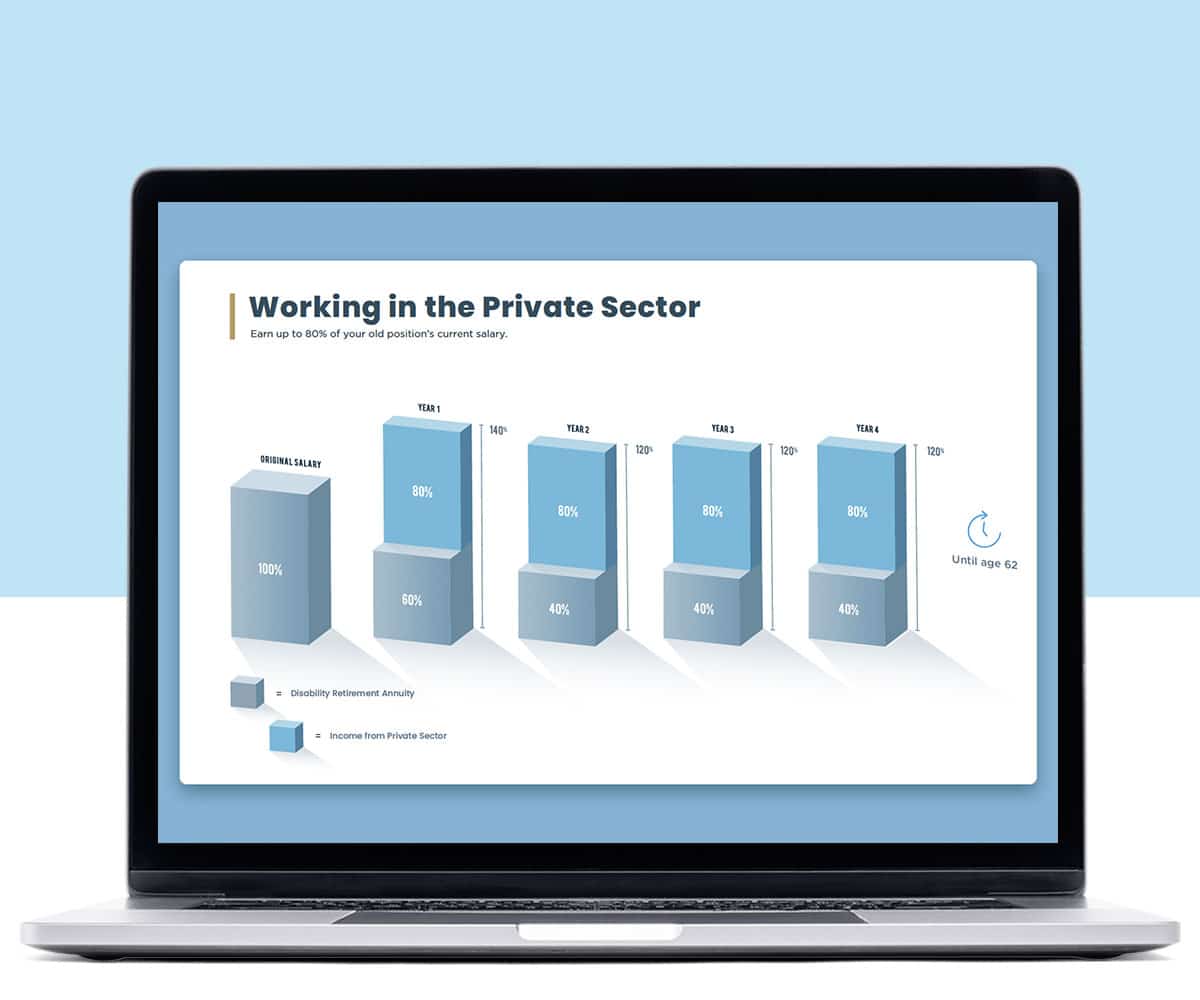 The Office of Management and Budget has directed agencies to submit a “near final” version of their reform plans by June 30. Included in this is a progress report on workforce reduction and a proposal to “maximize employee performance”. Then in September of this year, agencies will submit their final reform plans and long-term strategies for workforce cuts as part of their budget requests for FY2019.
The Office of Management and Budget has directed agencies to submit a “near final” version of their reform plans by June 30. Included in this is a progress report on workforce reduction and a proposal to “maximize employee performance”. Then in September of this year, agencies will submit their final reform plans and long-term strategies for workforce cuts as part of their budget requests for FY2019.
Union representatives remain hopeful that agency leaders will consult them in the workforce reduction plans; however, agencies don’t have to do this. Unions may be able to protect their members during the reorganization by lobbying Congress.
There may be some reason for unions to be optimistic about working with agency managers. OMB Sr. Adviser Linda Springer said that agency leadership will rely on career staff when putting together strategies. “We are operating under the notion that the career civil servants know better than almost anyone because they live with this day in and day out, and they experience the challenge of doing their work.”
American Federation of Government Employees
The AFGE represents close to 700,000 federal workers. Policy director, Jacque Simon, said the first step of streamlining an agency is to talk with the rank and file. “There are some good ideas in this guidance, and ideally [leadership] would sit down and talk to front line workers about their ideas for how to save money, where resources should go and kinds of needs they’ve been made aware of through the course of their work. That’s how it ought to work.”
He did, however, express concern that agencies’ approaches will differ depending on the administrations’ opinion of their missions and leadership. Administration officials don’t have to bargain with unions until they plan to implement changes that would alter union members’ terms of employment, including relocation, changes to workday or workspace, reductions-in-force, or layoffs.
Simon also said, “We will certainly ask management to sit down with us and keep us informed, we want a full briefing on anything the agency plans to do, and we want to see plans in advance and would like to be given an opportunity for feedback.”
National Treasury Employees Union
The NTEU has a similar stance. The president of NTEU, Tony Reardon, said, “No effective reorganization of government is possible without the ideas and recommendations of front-line employees who have dedicated their careers to serving the public. Only with their input can meaningful reforms of the executive branch get accomplished.”
NTEU believes Congress will see the harm deep cuts to agencies would do. Ultimately, Congress has the final word on how the government gets structured and funded. If RIF’s occur, NTEU plans to push for ways to help those affected find new federal positions or secure financial compensation or early retirement. “NTEU would work to safeguard employees. In the case of RIF’s, NTEU would work to ensure priority placements, early outs or buyouts and use other mitigation tools as provided under current law to protect employees.”
Another thing to consider during this time is federal disability retirement. If you think you may qualify for this benefit please give us a call at 877-226-2723. The consultation is always FREE. You can also fill out this INQUIRY form. We would love the opportunity to speak with you.


